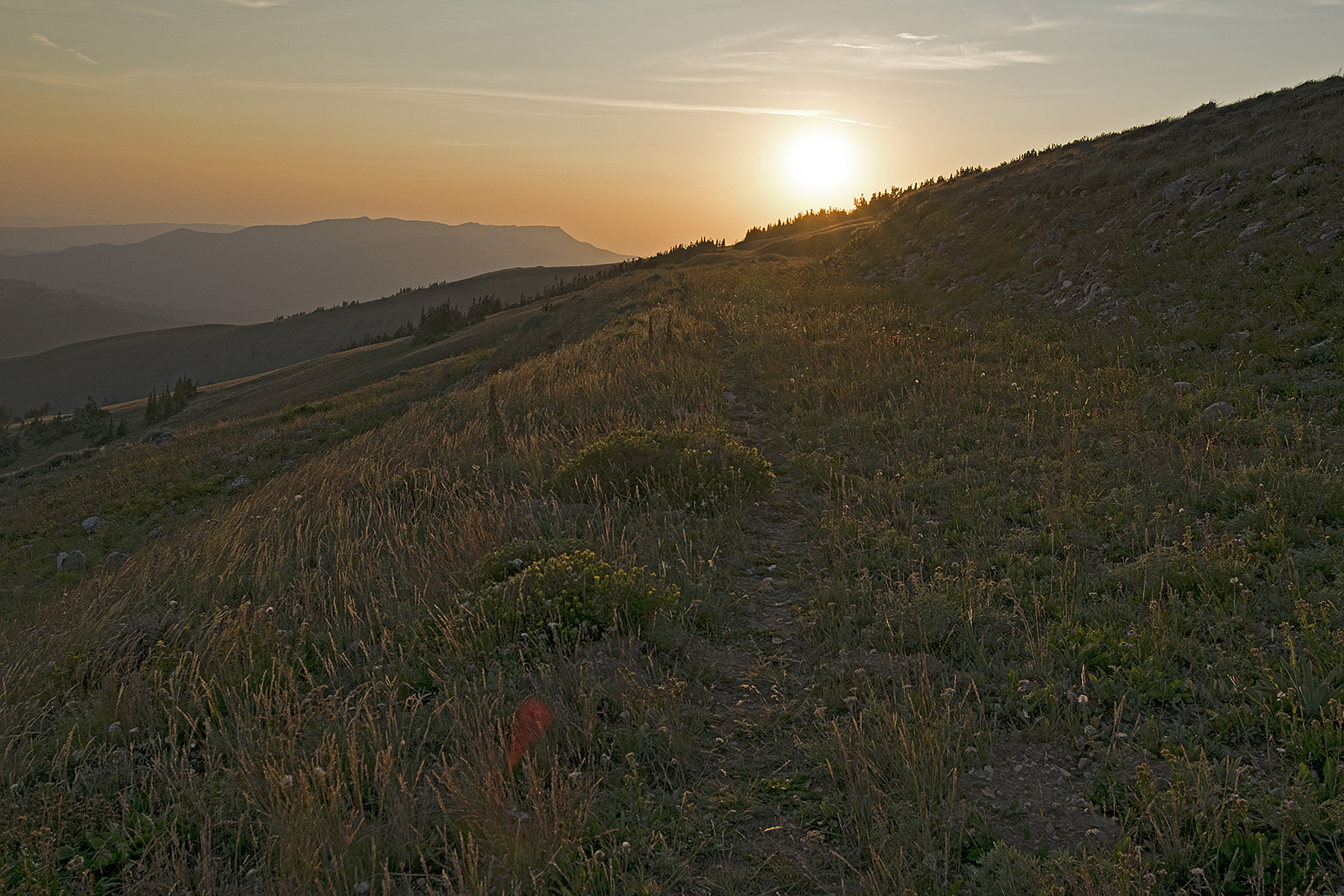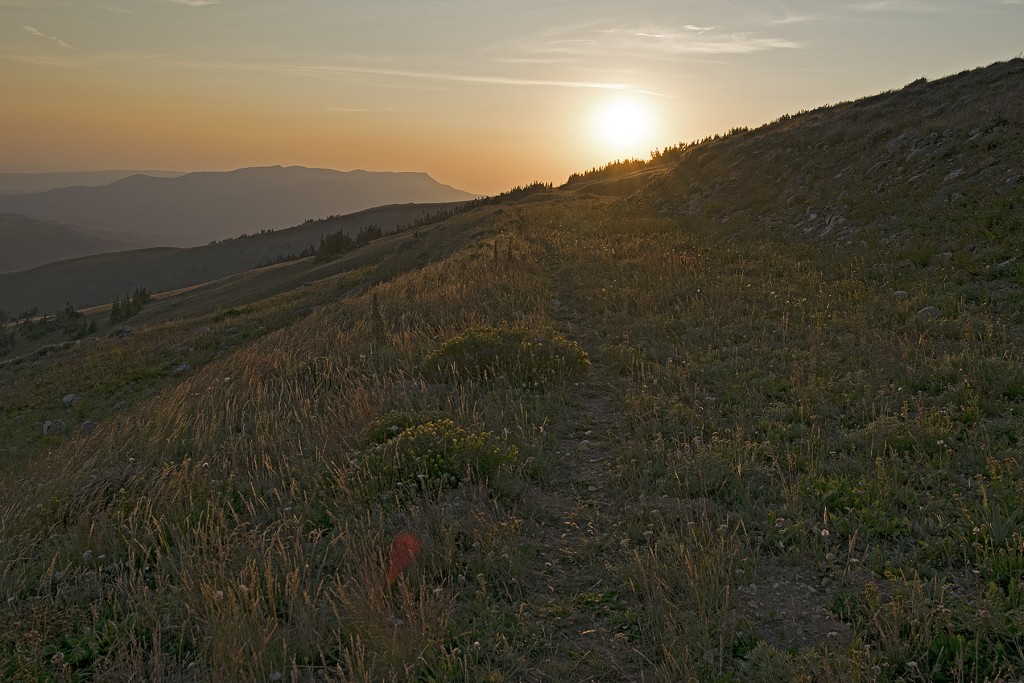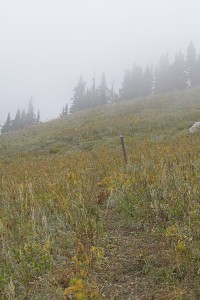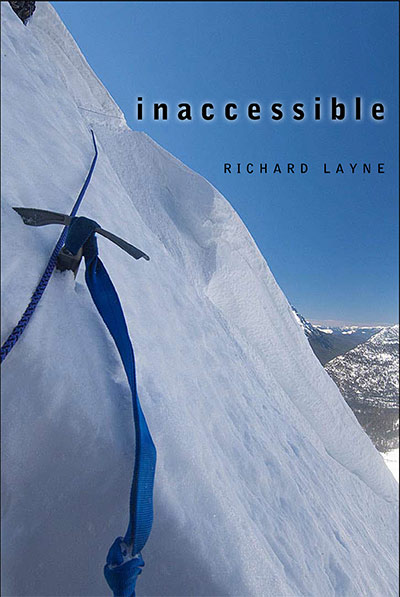

It was 10 days ago that I heard something from a thru-hiker on the Continental Divide Trail which has been sticking in my craw ever since. When I met the slim 6’6” fellow of 30 years, he had been on the trail for at least three months. He was at the end of a 30-minute period of matching my pace, which he had been obliged to do at my request, when he uttered the two sentences that I have yet to relinquish.
“I lightened my load so that I could travel faster and thereby go further each day.”
He was not finished. He concluded by saying, “And by increasing my daily distance, I get to carry even less of a load”.
By applying this snowball effect logic, I suspect he is able to cover a distance in two days where many other thru-hikers will need three days. Meanwhile during the winter I will need between 12 and 20 days for the same area.

I realize that summer travel is vastly different in many ways to winter travel. Nevertheless, I am continuing to ponder what he said as I prepare my 25 three and four-day resupplies for next winter’s trip. I also realize winter travel is far more hazardous and unpredictable. If I should go too far in lightening my load, it could prove to be catastrophic.
Summer travelers have lightning, rain, and an occasional small snowstorm to deal with at the most. The winter expedition traveler in Montana and Idaho needs to have the equipment to keep him or her safe in blizzards and temperatures down to 50 degrees below zero. Often the weather can be so bad that all travel comes to a stop, while eating food and melting snow for water continues. Obviously, winter carries its own special set of extra rules.
In spite of the sometimes-hazardous circumstances of winter travel, I will continue to seek ways to lighten the load without setting myself up for a fatal trip next winter.

